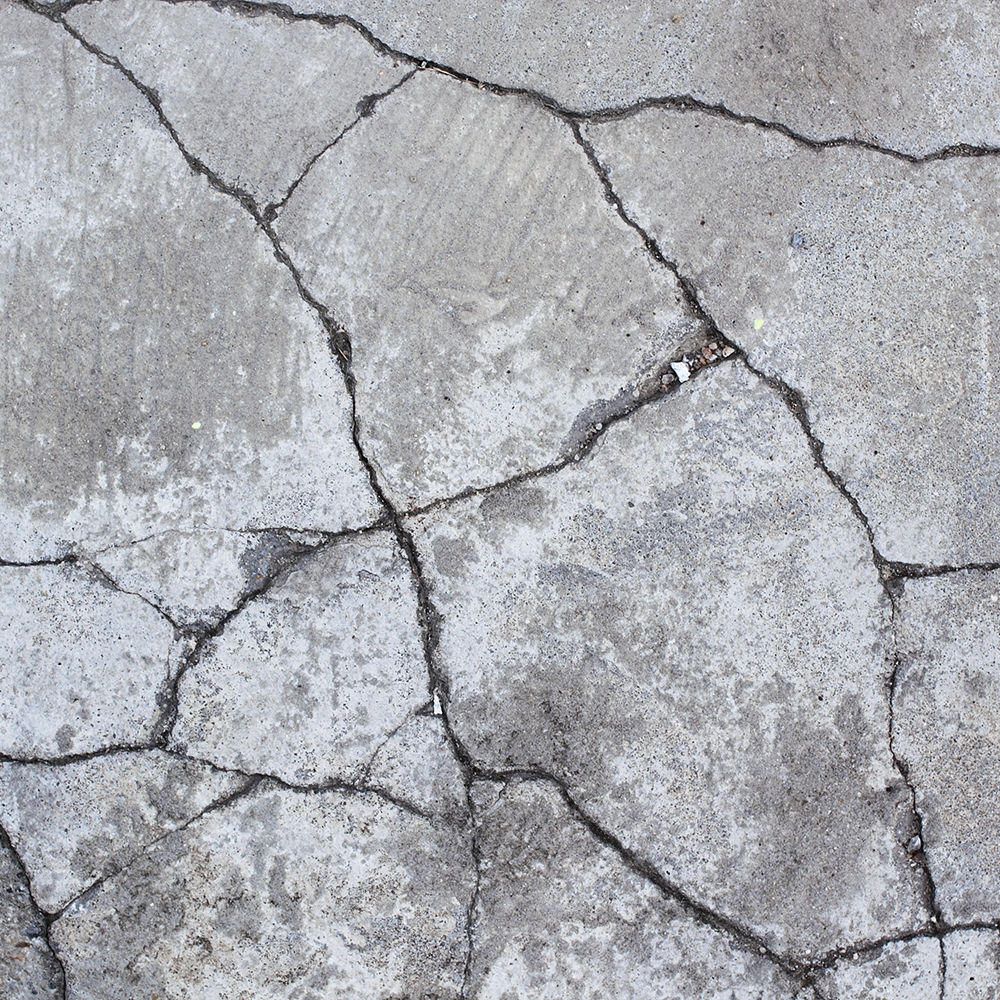How To Cover A Cracked Floor
Related Product: Max Tile Raised Floor Tile 5/8 Inch x 1x1 Ft.
Why Floors Crack
Basements and garages crack for many reasons. If your foundation settles, or the earth that it’s built on heaves, that can cause a split in the concrete.Water can also contribute to damage, so it’s important to address any drainage issues and make sure that your surrounding landscaping channels move away from your house. If the concrete was too wet when it was poured, you might notice that the top layer of concrete flakes off in a process called spalling.
Seeing cracks in your floors can be frustrating, but the actions you take will depend on the specific issues that you’re finding. Hairline cracks in the foundation don’t need to be repaired or fixed, but you may want to cover them up.
If cracks are larger than ⅛-inch wide, they should be sealed. You can repair them with filler or sealant, which will help to keep them from spreading and becoming a bigger issue.
If you have any questions about the cracking that you’re seeing in your garage or basement, it’s best to consult a professional before you take steps to repair or cover the floor.
How to Cover a Cracked Floor
If you’re tired of looking at a cracked subfloor, you can surprisingly just cover it up with tiles. Just be sure that you fix any issues, like large cracks, beforehand. With our tiles, you can cover your existing floor and instantly transform the look by concealing the damage and making the space more aesthetically pleasing.Depending on the tile that you choose, you can add other properties to your floor that address some of the downsides of concrete. For instance, you could choose a softer tile that makes for a more comfortable surface to walk and work on.
If you’re tired of the cold, damp feeling of your basement, choosing a tile that offers insulation properties can act as a buffer between you and the subfloor. The resulting floor will be warmer and more inviting, which means you may be able to use the basement more or differently.
It’s also important to choose a tile that’s appropriate for the job of concealing your cracked floor. Thicker tile materials hide cracks better, and they’re ideal for use over concrete surfaces that may be rough or uneven.
Thinner tiles are also effective, but more flexible materials will adjust more to the height variations that appear at the cracks in your subfloor. If you have significant cracking and height differences, a more rigid, thicker tile will do a better job of concealing the issue.
If you have a situation where moisture is coming up through the cracks, then you will need to choose a tile with a raised base. That raised base allows air and moisture to flow beneath the tiles, so the moisture can dry out, helping to prevent mold and mildew.
Additional Tips for Choosing Your Tiles
If you’re ready to cover up your cracked floor, Greatmats has many basement and garage floor tiles available for you to choose from. You will want to consider several other qualities when deciding which tile is right for you.Comfort
Depending on how you will use the space, the comfort of the flooring may be important to you. Foam tiles and PVC tiles often help to maximize comfort, making them a top choice for areas that will be used as living spaces or workout rooms.Durability
Consider how you will be using the space and how durable your flooring choice needs to be. For example, if you’ll be using a basement as a living space, your flooring doesn’t need to be as durable as it would need to be if you’re using it as a home gym.Think about the types of activities the flooring will need to withstand. Does it need to be strong enough to support significant weight, and will it be exposed to elements like water, chemicals, and oil?
If you’re using a garage as a workspace, then stain resistance may be an important quality in your flooring. Think about how easily the flooring can be cleaned and maintained, too.
